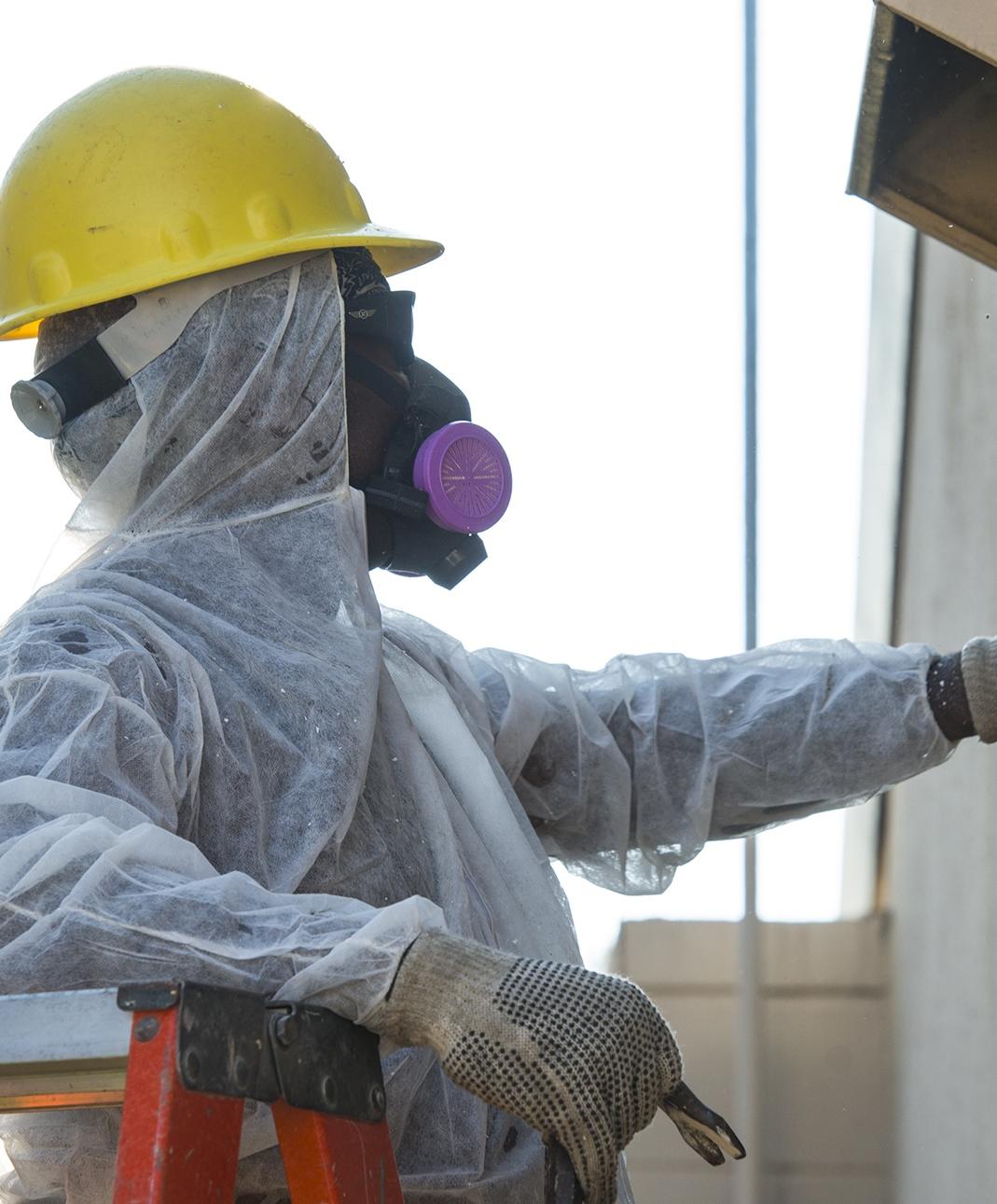
The Control of Asbestos Regulations 2012 imposes duties on those who own or have control of a property to manage asbestos. This means that in instances where such materials have been found, it’s down to the duty holder to make sure it’s properly taken care of.
But how exactly do you do this? Most individuals in such a position are left scratching their heads, unsure of what’s required of them in order to remain compliant. In fact, this depends on a number of factors, which this article is going to talk you through.
Identifying The Type Of Asbestos
The options dealing with asbestos are reliant upon a number of factors, the first of these is which category your particular type falls into. There are three main strains, all of which are highly toxic: chrysotile, amosite, and crocidolite. Amosite, for example, carries an especially high cancer risk, whilst crocidolite is widely considered to be the most dangerous form, as it easily breaks down and thus increases the risk of exposure.
Regulations
Regulation 4 of the Control of Asbestos Regulations (CAR) 2012 imposes duties on those who control or own a non-domestic property to identify the location and condition of asbestos and to manage the risk to anyone who wants or may occupy the building. Therefore, where asbestos has been found the duty holder has a responsibility to manage it.
Unless already done so, you will need to commission a qualified Asbestos Surveyor to undertake an Asbestos Management Survey. The survey will identify the location and condition of any asbestos in the building and assist you on how to “manage” the material in the future.
Other Factors To Consider
There are many factors to consider when deciding what management strategy to take. Such factors are – material type, location, quantity, condition, surface treatment, and the likelihood of fibre release (friability).
Once you know what type of asbestos you’re dealing with, decisions are best made by consulting with a properly qualified professional, who can help you develop an appropriate action plan based on the specific circumstances of your case.
Understanding Your Options
Although you might not realise it, you have a number of options available to you if asbestos has been discovered in your building. You can either opt to:
• Manage the asbestos (this involves carrying out periodic checks to make sure the material remains in good condition)
• Repair and encapsulate
• Encapsulate
• Or remove
Although this leads to obvious questions with regards to asbestos encapsulation vs removal and so on, your decision should be based on your individual circumstances and consultation with a professional.
Making A Choice
When deciding which of these options would be best for you, you’ll want to have a think about various considerations, including:
• Disruption to existing operations within the building
• The type of asbestos-containing material (ACM) you’re working with
• The quantity of the ACM
• Its location within the building
• The probability of it being disturbed during normal occupation
• The likelihood of future works being carried out on the building.
In the latter example, for instance, removal would usually be recommended over encapsulation or management, to save you from having to resort to the former at a later and less convenient date.
To effectively manage any Asbestos Containing Materials (ACMs) identified you will need to keep an up-to-date record of the location and condition of ACMs in your premises: assess the risks from the materials, develop an Asbestos Management Plan and ensure that you provide accurate information about the ACMs in your premises to anyone likely to disturb it.
Is It Asbestos?
In the event that you identify a suspicious material that is not identified in your Asbestos Management Survey, you should evacuate the area and prevent further access until a sample has been taken by a qualified Asbestos Surveyor. If the laboratory analysis confirms that the material is asbestos, one of the above management techniques should be employed. If the material is confirmed to be asbestos-free, the area can be re-occupied as normal.
Call Marpal today for help and guidance – do not attempt to remove any suspicious material yourself. Contact us on 01332 668877 or click here to make an enquiry.


